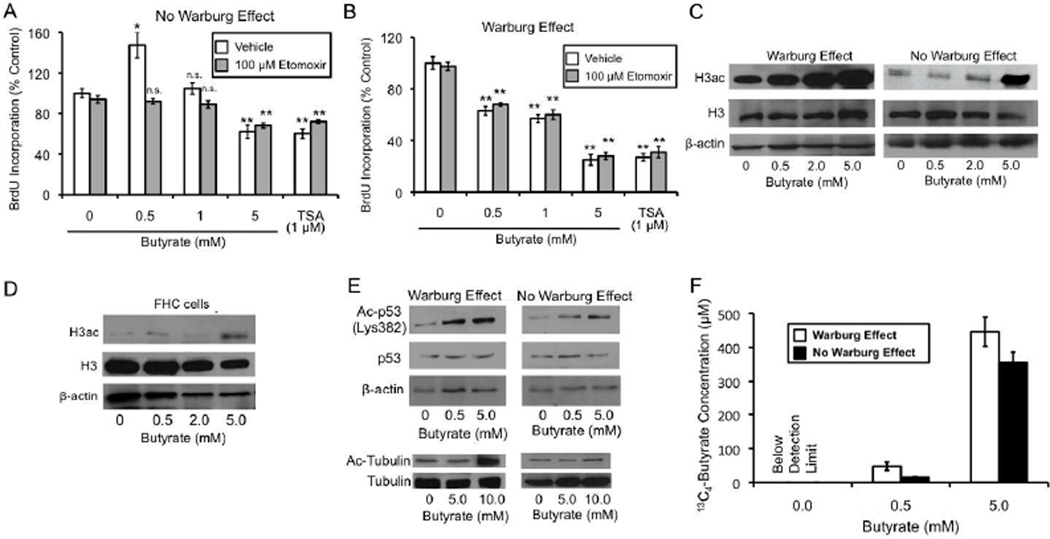Figure 3. The Warburg Effect Influences Energetic and Epigenetic Mechanisms that Regulate Cell Proliferation and Histone Acetylation.
(A and B) Changes in BrdU incorporation in HCT116 cells in response to butyrate or TSA treatment relative to untreated control cells in the absence (A) or presence (B) of the Warburg effect. The effect of etomoxir and vehicle on BrdU incorporation was evaluated under each condition. Results in each panel are from 3 independent experiments and are presented as mean ± SE with significant differences indicated (*p < 0.05; **p < 0.01 compared to no-butyrate control; n.s., not significant).
(C) Western blot analysis showing global H3ac levels (top panels) in HCT116 cells in the presence (left panel) or absence (right panel) of the Warburg effect. Cells were either untreated or treated with butyrate as indicated at the bottom. Total H3 (middle panels) and β-actin (bottom panels) served as loading controls.
(D) Western blot analysis of H3ac (top panel), total H3 (middle panel), and β-actin loading control (bottom panel) in fetal FHC epithelial cells that were untreated or treated with butyrate as indicated.
(E) Western blot analysis of acetyl-p53 (Ac-p53) and acetyl-tubulin (Ac-Tubulin) in HCT116 cells in response to butyrate in the presence or absence of the Warburg effect. p53, β-actin, and tubulin were analyzed as loading controls. The p53 experiments were performed on HCT116 cells following exposure to ionizing radiation.
(F) 13C4-butyrate concentration within nuclei isolated from HCT116 cells that were untreated (0.0 at bottom) or treated with 13C4-butyrate (at 0.5- or 5-mM as indicated at the bottom). Cells were grown in the presence or absence of the Warburg effect as indicated. Measurements were based on analysis of LC-MS spectra from three independent experiments and are presented as mean ± SE. The limit of detection for 13C4-butyrate was 0.5 µM.

